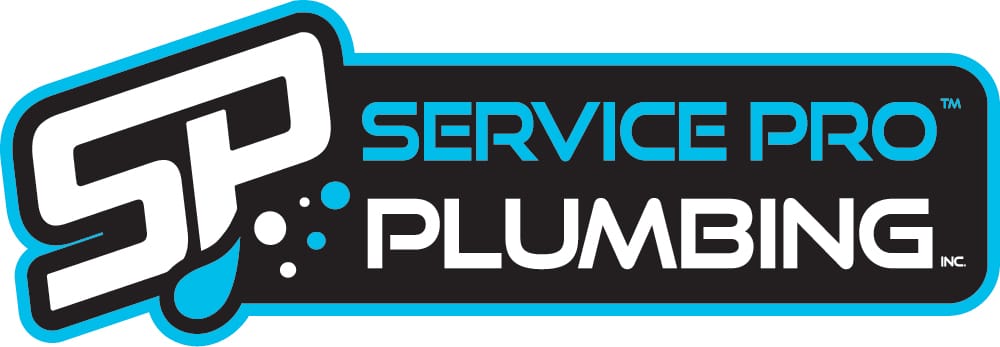The Role of Backflow Prevention in Commercial Plumbing in Vancouver
In the realm of commercial plumbing in Vancouver, ensuring the safety and integrity of a building’s water supply is paramount. One critical component in this process is backflow prevention. For businesses in Vancouver, understanding the importance of backflow preventers and how they function is essential for maintaining a safe and compliant plumbing system.

What is Backflow Prevention Device in Vancouver?
Backflow occurs when water flows in the reverse direction from its intended path. This can lead to contamination of the potable water supply with pollutants or hazardous substances. In a commercial setting, this could mean dangerous substances, such as chemicals or waste, entering the drinking water supply, posing serious health risks to employees, customers, and the community.
The Importance of Backflow Prevention in Vancouver: For businesses in Vancouver, backflow preventers are a crucial part of maintaining a safe water supply. They are designed to ensure that water flows only in one direction—into the building’s plumbing system and not back out into the public water supply. By preventing backflow, businesses avoid potential contamination issues and comply with local plumbing regulations, safeguarding both their operations and public health.
Types of Backflow Preventers in Vancouver
Several types of backflow preventers are used in commercial plumbing, each suited for different applications:
- Check Valves: Simple devices that allow water to flow in one direction only.
- Double Check Valve Assemblies (DCVAs): Two check valves in series with a shutoff valve in between, providing extra protection.
- Reduced Pressure Zone (RPZ) Assemblies: Offer the highest level of protection and are commonly used in commercial settings where the risk of contamination is higher.
- Pressure Vacuum Breakers (PVBs): Used to prevent back-siphonage, ideal for applications where a significant risk of backflow exists.
Installing Backflow Preventers in Vancouver
Installing a backflow preventer in a commercial plumbing system in Vancouver involves several steps. For businesses in Vancouver, it’s essential to work with qualified Vancouver plumbers to ensure proper installation and compliance with local codes. Here’s a general overview of the installation process:
Assessment and Planning
– Evaluate Needs: Determine the type and size of the backflow preventer required based on the system’s needs and local regulations.
– Choose the Location: Install the backflow preventer at a location that allows for easy access for maintenance and testing.
Preparation
– Gather Materials: Ensure you have all necessary tools and materials, including the backflow preventer unit, pipe fittings, and shutoff valves.
– Shut Off Water Supply: Turn off the main water supply to prevent any leakage or accidents during installation.
Installation
– Pipe Preparation: Cut and prepare the pipes where the backflow preventer will be installed. Ensure the pipes are clean and free from debris.
– Install the Unit: Attach the backflow preventer to the pipes according to the manufacturer’s instructions. Ensure that the device is installed in the correct orientation.
– Secure Connections: Tighten all fittings and connections to prevent leaks.
Testing and Commissioning
– Test the System: Once installed, conduct a thorough test to ensure the backflow preventer is functioning correctly. This typically involves checking for proper flow direction and ensuring there are no leaks.
– Inspect and Certify: Have the installation inspected by a certified professional to ensure it meets all local codes and regulations. Obtain any necessary certifications or permits.
Maintenance
– Regular Inspections: Schedule regular inspections and maintenance for the backflow preventer in Vancouver to ensure it continues to function correctly. This helps in identifying potential issues before they become serious problems.
– Documentation: Keep records of inspections, maintenance, and any repairs performed on the backflow preventer.
Why Choose Professional Vancouver Plumbers for Installation?
While it might be tempting to handle backflow preventer installation in Vancouver as a DIY project, it’s crucial to engage professional Vancouver plumbers for several reasons:
– Expertise: Professional plumbers in Vancouver have the experience and knowledge to select the right type of backflow preventer and ensure proper installation.
– Compliance: Licensed plumbers in Vancouver are familiar with local plumbing codes and regulations, ensuring your installation meets all legal requirements.
– Efficiency: Professionals can complete the installation efficiently, reducing downtime and minimizing the risk of errors.
In Vancouver, backflow prevention is not just a best practice; it’s a regulatory requirement. The City of Vancouver mandates that backflow preventers be installed in commercial properties to protect the public water supply. Regular testing and certification are required to ensure compliance with these regulations. By working with experienced Vancouver plumbers, businesses can navigate these requirements effectively and maintain a safe and compliant plumbing system.
Conclusion
Backflow prevention in Vancouver is a critical aspect of commercial plumbing that ensures the safety and integrity of the water supply. For businesses in Vancouver, understanding the role of backflow preventers and the installation process is essential for maintaining a compliant and safe plumbing system. By working with qualified Vancouver plumbers, businesses can ensure that their backflow prevention measures are properly implemented and maintained, safeguarding both their operations and public health.
If you need assistance with backflow preventers or other commercial plumbing needs in Vancouver, don’t hesitate to reach out to experienced professionals who can provide expert guidance and service.
